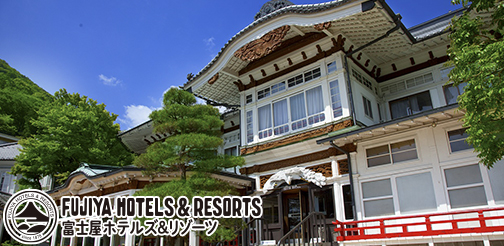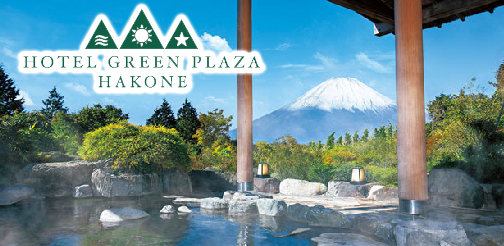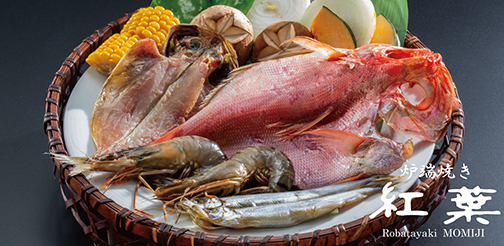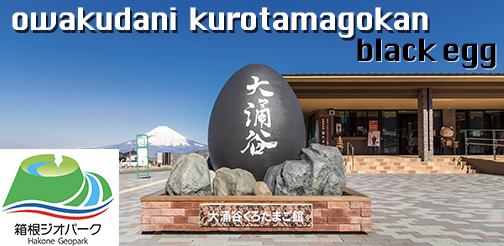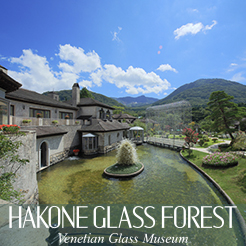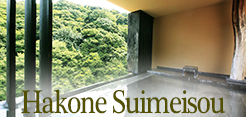Walking along the old Tokaido highway in Hakone, you are bound to notice many majestic cryptomeria (sugi) trees growing on both sides of the road. In 1604, only a year after the warlord Tokugawa Ieyasu (1543–1616) had unified Japan under one banner and established the samurai-led shogunate that was to rule Japan until 1867, the government began the task of marking the major roads of the realm by planting rows of trees on both sides of the highways. The purpose was to help travelers find their way, provide them with shelter from the elements, and, importantly, prevent people living along the roads from altering the path or using the land for farming or other personal gain. Cutting the trees planted along the roads was strictly prohibited.
In Hakone, the shogunate initially planted pines, as it had done in many other places along the Tokaido highway. These trees, however, failed to adapt to Hakone’s wet climate. In the 1650s the pines were eventually replaced with cryptomeria trees throughout Hakone. Local daimyo governing the provinces were tasked with their maintenance, which included replanting fallen or dead trees. This maintenance continues today, and about 400 of the original trees remain standing in Hakone. In the late 1990s, a study of their condition indicated that if left without care, roughly two thirds of the trees are expected to perish over the next century. That finding provided the impetus for ongoing preservation efforts, which include protecting the trees’ roots and replacing the soil underneath them.
This English-language text was created by the Japan Tourism Agency.



